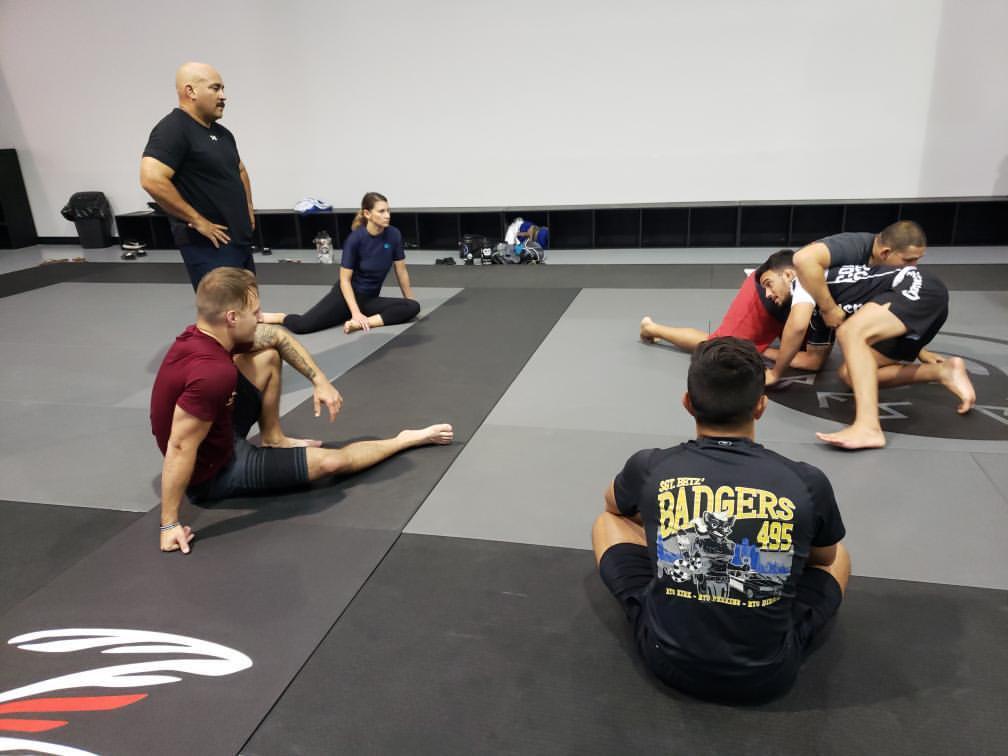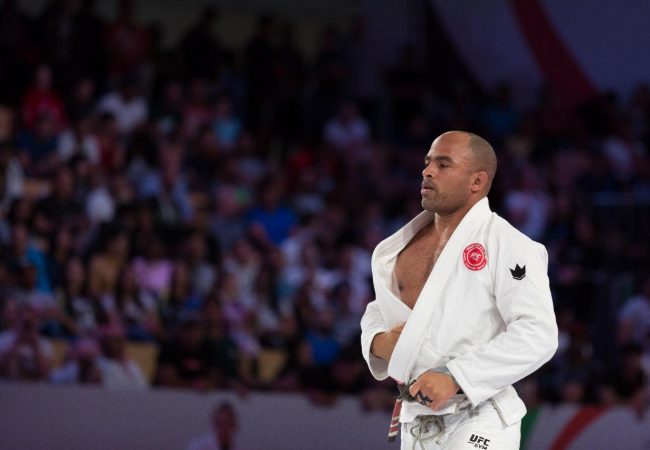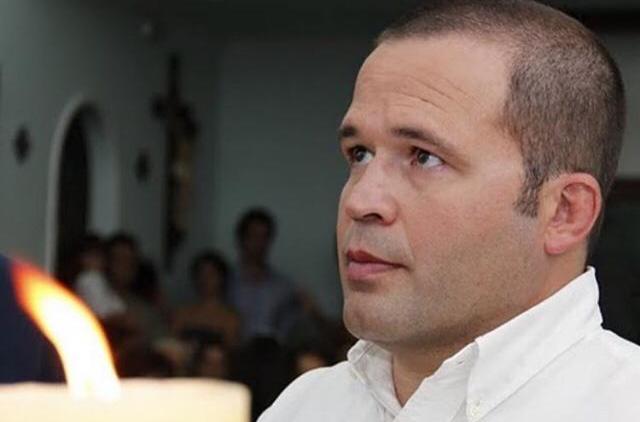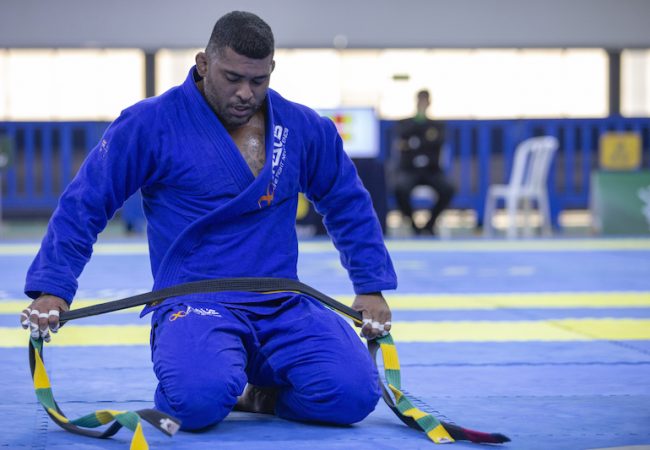Esdras Junior is a key player in the spread of Jiu-Jitsu as a martial art in Phoenix, Arizona. The Ares Jiu-Jitsu black-belt teaches free classes to public safety professionals with the aim of making them increasingly capable of controlling situations that require physical contact, without the use of firearms or strikes.
The techniques covered range from self-defense to Jiu-Jitsu taught in normal classes, with attention focused on techniques in which the police officer can neutralize and immobilize suspects in standing and ground situations. In a recent interview, Esdras, who has been a Jiu-Jitsu practitioner for 13 years, explained the classes that police, military, prison guards and others take part in:
“It is important to note that I have help from a brown-belt in class, who is also a federal agent who works at the military base here, in Arizona. We talk a lot in order to bring the best of Jiu-Jitsu to these professionals who are working for our safety.
“The classes are based on situations which the police or a security officer can face on the street, outside a controlled environment and without rules. The techniques are basically Jiu-Jitsu, but modified for different situations considering their reality, such as the weapons they carry with them and the weight of their clothing. Everything is always aimed at the physical integrity of both parties, that is, the police and the suspect.”
Esdras, a black-belt under Osvaldo Queixinho, added: “Jiu-Jitsu can empower anyone for a better life and, based on this thought, we decided to offer free classes to these professionals aiming at improving the safety and also the quality of life of these people. A well-trained police officer can increasingly do excellent work for society. They will learn to better conduct an approach that involves contact and will improve their health. Jiu-Jitsu can grant anyone a new life.”
The moves are taught replicating, as well as possible, the real situations these professionals will face — which means no gis in class. “All the techniques taught are based on techniques learned in Jiu-Jitsu, such as, for example, the technical stand-up and rolling,” said Esdras. “We also show how to manipulate the opponent’s joints aiming at the opponent’s surrender and obedience, when necessary. We always aim to increase confidence and dominance by the agent during the situation in which he needs to use Jiu-Jitsu, where we prioritize the minimum damage to both sides, reducing the need for the excessive use of force, as well as the use of firearms and other resources. In general, they learn to have mastery and control of situations involving immobilization of people, with minimal damage to both sides, and how to deal with possible situations of physical combat, such as a possible takedown attempt, or attack from a suspect. They also learn how to recover and get off the ground in situations where that’s necessary.”






